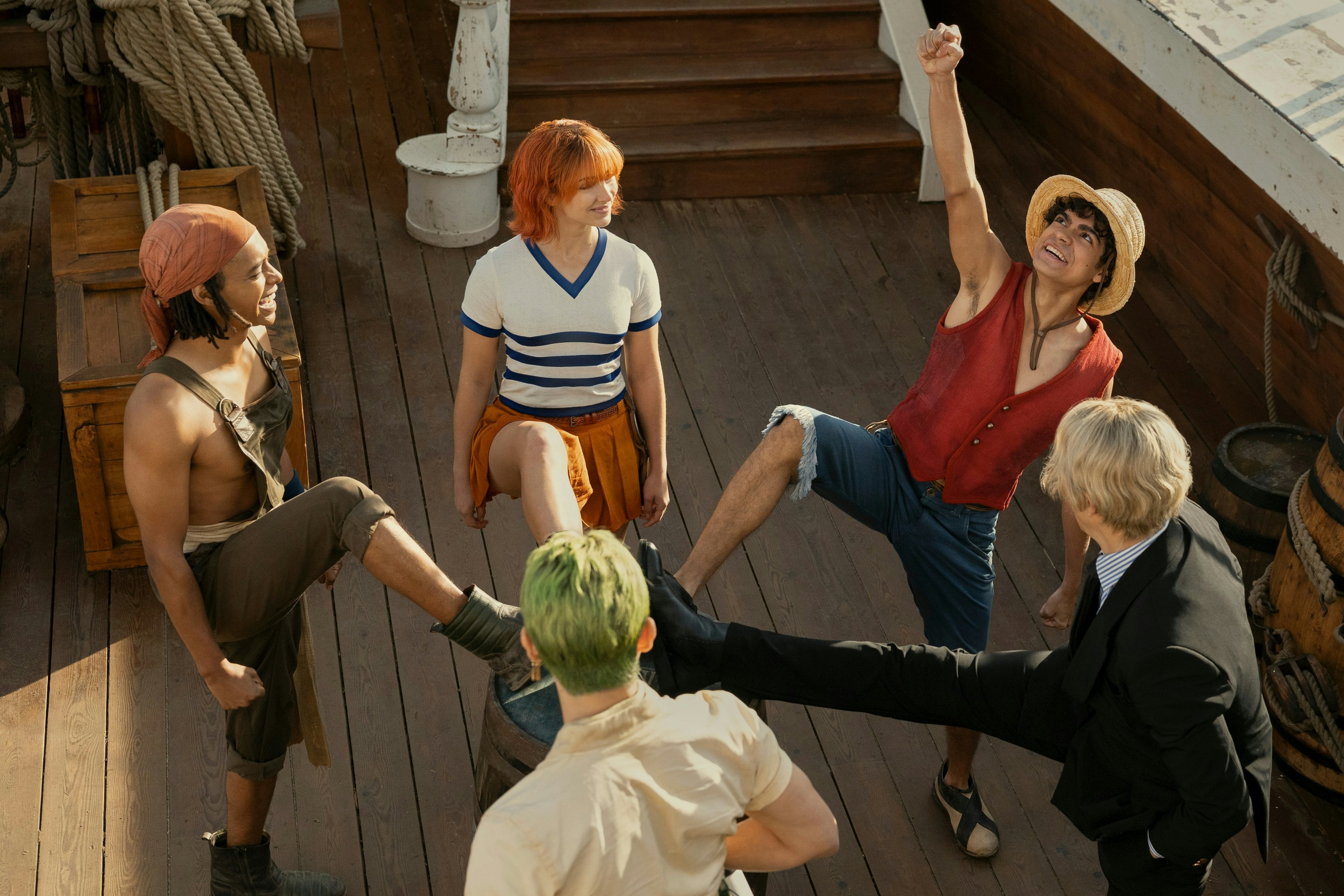
While Japan has a long tradition of live-action adaptations of manga and anime (many of which are great!), American audiences are mostly familiar with Hollywood’s horrendous failed attempts at the adaptations. Movies like Dragon Ball: Evolution, Ghost in the Shell, or Netflix's own adaptation of Cowboy Bebop, manage to be both terrible adaptations, and just bad stories on their own.
Now, director Marc Jobst, who has worked in some of the biggest genre shows of the past few years, from Daredevil to The Witcher, is tasked with bringing the single biggest manga of all time to live-action — One Piece. It is a daunting task, one that Jobst doesn't take lightly.
"The first question you got to ask is why do a live-action? " Jobst tells Inverse. "And you've got to have a good answer to that — not just because it could make us lots of money."
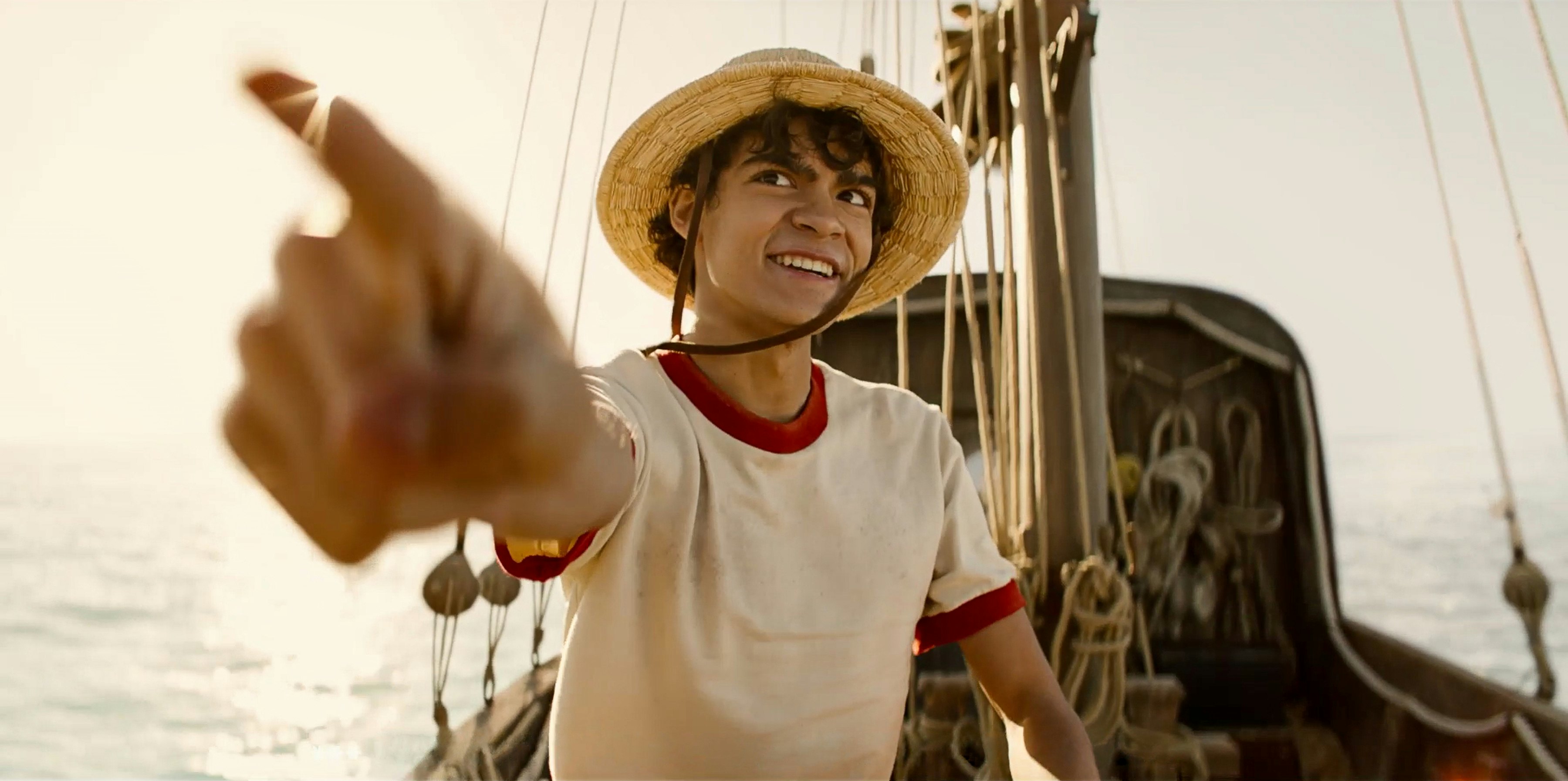
While One Piece does follow the iconic manga by Eiichiro Oda very faithfully, recreating everything from its fights to popular lines of dialogue, it does add changes that make for a different kind of experience. Events and characters are teased earlier than in the manga, and little Easter eggs and nods to the larger story make this feel like a fleshed-out world. The show also translates the cartoony tone and physics of the source material to live-action by adding some realism to the fight scenes.
“How much reality do we bring to it?”
"The question then, is how much reality do we bring to it?" Jobst says. "And that becomes a calibration between what we wanted to achieve, which is a sense of playfulness in some of those fight sequences, and a dimension of real consequence to the fight."
Inverse talks to Jobst about translating 2D physics to real-life, how he pulled off his most impressive shot in Daredevil, and his work on the doomed Netflix superhero show, Jupiter's Legacy.
This interview has been edited for brevity and clarity.

You've worked on some rather high-profile genre shows the past few years. How do you approach working on something like The Witcher or One Piece as opposed to theatre or EastEnders?
I approach them all in the first instance in the same way, the thing that interests me most is character. What do they want? What are the obstacles that are in the way of what they want? And how do they go about overcoming those obstacles? Those are human things that we all experience, and whether you're working with superheroes or characters with special skills, what makes an audience passionate about them, I believe, is that we somehow relate to them.
If you just deal with them as superheroes, they become two-dimensional. So, whether you're dealing with a theater show or whether you're dealing with EastEnders or whether you're dealing with the genre shows like Marvel or The Witcher, the thing that I get down to is knowing, for Luffy, what does he want? He wants to be King of the Pirates. Why does everyone be King of the Pirates? Because he met Shanks, this guy who inspired him. Why did he inspire him? Because he was a kid who had nothing and Shanks came to him and gave him the purpose and gave him a reason. Once you start getting into that level of character, you begin to find a human purpose behind these genres.

One thing I found interesting about the One Piece live-action is that it kept the characters as goofy and cartoony as in the manga, but the show at times has a darker, more serious tone — especially during the fights. How do you balance those tones and keep the story from feeling like two completely different shows?
There's a lot of calibration that goes on between those two juxtapositions. If you're going to dimensionalize the show, which is essentially what we're doing when we go into live-action, you're adding a dimension which is the emotional life that a character has. So if they get into a fight, you can't then suddenly go into [ a]cartoon fight, because then you're not staying true to your dimension. To have no consequence to any of those fights would be not true to what we were trying to achieve. The question then, is how much reality do we bring to it? And that becomes a calibration between what we wanted to achieve, which is a sense of playfulness in some of those fight sequences, and a dimension of real consequence to the fight.
If you look at the fight sequences that I've shot for the Marvel Universe, they're much darker, much grittier, they're much more visceral. And it's all about the punch, getting the punch and seeing the blood come out and the sweat come off the brow — all that sort of stuff. For One Piece, to me, those fights are much more playful, so it was all about the journey to the punch. I'm less interested in the hit, I'm more interested in the journey to the hit. Look at Luffy as a character. He wants to win, but he doesn't want to hurt, so that's why you balance the two.
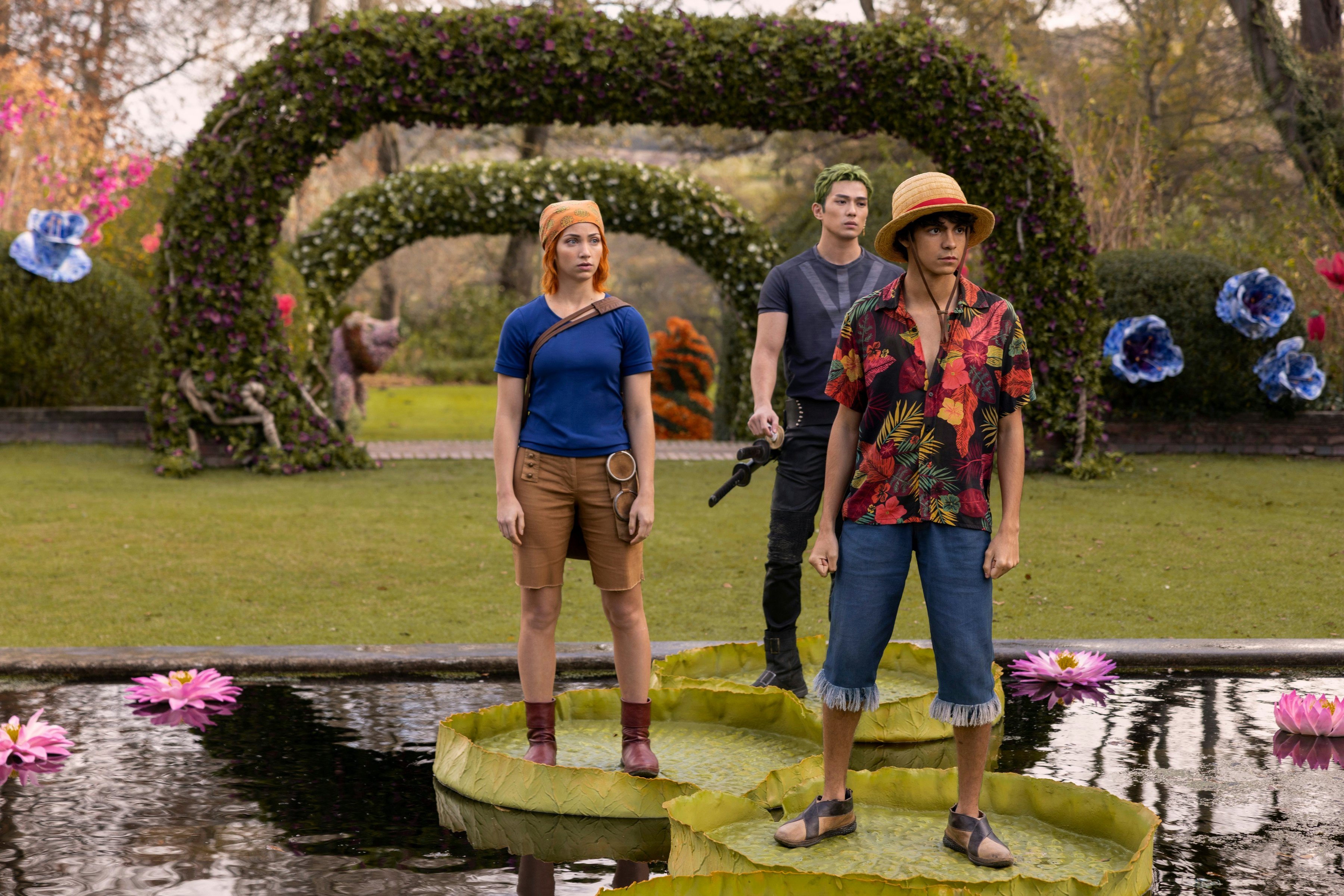
The One Piece anime is bright and full of color. I'm curious, what went into the design of the color palette and overall look of the live-action adaptation?
One of the things that drew me to the show is that it's sunny, and it's warm, and it's blue skies, and it's colorful. We looked at each of these worlds that our crew traveled to, to look at what dominant color we can give each of these different worlds so that they feel different. In many ways, One Piece is a travel show, they don't ever come back to one place. They come back to the boat, but the boat takes them to another island. So it was really important for us to design ways to identify the differences between these different locations that they land on.
“We fell in love with this look that somehow brought out the colors and yet didn't make it feel lurid.”
We did so much research looking around our world looking at tribes around the world, what makes their world unique. We also wanted each of these lands to feel like they had their own history, that when they landed in these spaces, they'd been there forever, and they had ancestry and traditions. We follow that all the way through from both the set design, but also the props. Everything must have a story, have a reason. And then of course, there are grounding things that we did.
For example, in the courtyard fight, we imported a whole load of very special sand that we use. We tested lots of different sands for color, both for color, texture, and dust. When we were shooting that fight sequence, I wanted the dust to kick up when we were doing the fight because then if you get the camera in the right place, and you're backlit by the sun, the dust kicks up and it looks beautiful and it feels grounded. We imported this kind of warmer yellower sand, and then Michael Hatzer, who was our colorist (and colored all the Coen Brothers films and some Steven Spielberg films) worked with us on creating a look with which we shot the show. It's called a lot. So early on before we even started shooting, Mike Nicole Whitaker, who is the cinematographer and I worked on a color grade that we applied when we were filming. We showed it to the showrunners and the executive producers and the studio. We fell in love with this look that somehow brought out the colors and yet didn't make it feel lurid.

Netflix has guidelines and regulations for how they like their shows to be shot, because of the many different ways people watch their titles. How did those guidelines affect the way you approached the show while still making it look unique and your own?
I wasn't really conscious of any of that. I didn't feel like it was a restriction in any way. We knew that we wanted to have a four quadrant show, which means that we weren't going for an 18 or a 15 rating. We wanted everybody to watch, so that has certain restrictions on swearing, smoking, and violence. So there is violence there but it's never a graphic. We never see Alvida hit the head and see the head implode, we don't do that. The question is how do you create the uniqueness of One Piece in live-action?
Part of that has to do with the beautiful particular framing that Oda brings to the manga, the way he frames the foreground and the background, the position of bodies and poses. I really wanted to reference that in how we shot this, so that was the first thing. The second thing is I really wanted to bring the audience to discover these worlds with the characters. I didn't want to show them the worlds. So the traditional way of shooting is you go back to the wide shot, you show the world at the wide shot, and then you cut into your close-ups, and then you look at the reactions and you look at the dialogue. I didn't want to be the person showing the audience the world. I wanted to see the world and discover the world with the characters. So when he put those two things together, it meant that I wanted a particular kind of lens that enabled us to do that. I wanted a lens that would be really wide but also really close focus. So that we would be close to the actor while the width of the lens would show us the world at the same time. Nicole had a relationship with this company, MiniHawk, and they rose to the challenge and they made us these special lenses. Of course, that begins to give the show a particular look.
“You have to honor the style of the show when you come in as a director.”
With One Piece, you got the chance to develop the show's look from the very beginning. How was the process of working in something like Daredevil where you're joining an established show with its own look and style?
You have to honor the style of the show when you come in as a director. You talk to the showrunners, the producers, and try to honor what they've been doing. But your job is also to bring your life, your experience, your tastes, and your interpretations to the episode that you're given to make. After all, they've chosen you because you have something to offer. That question has never really been in the foreground of my head. What's been in the foreground of my head is always how can I best realize the script that's been given to me in as exciting a visual way that's truthful to the character. So I'm always saying, “What's the story? What is this scene about?” When you interrogate it in those terms, then you start to bring in your own perspective into the shots.
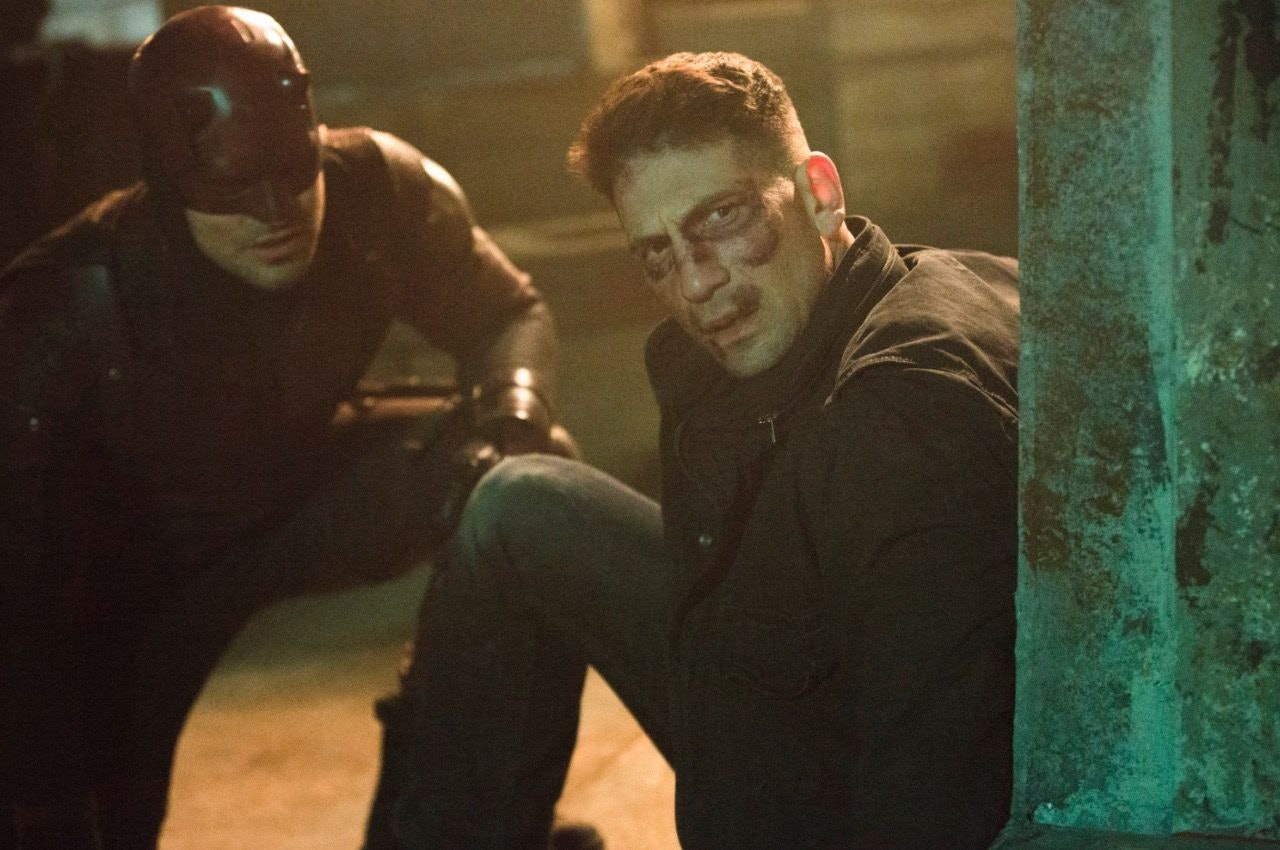
In Daredevil, for example, with that big stairwell sequence that we shot, that didn't come out just because I wanted to do a cool shot. That came out as part of the story: Daredevil has knocked out The Punisher and he's carrying him on his shoulders, and as he goes down to the corridor. He sees the bikers whom the Punisher has disrupted coming up, and as they're coming down the corridor, this old man comes out, and he's gonna get in the way. And these bikers aren't going to care about the old man, they're just going to swipe him out of the way and potentially kill him. And that Daredevil can't live with. If he leaves the Punisher on the lift there, the bikers are gonna get the Punisher so he's got to press the lift to go down. Now Daredevil is thinking I've got to save the old man but I know that if the Punisher wakes up down below, he's gonna escape. So I've got to get down those stairs pretty damn quick to stop that from happening.
As a director, you're thinking, well, how do I best realize that? How do I best keep them connected to the story? If I cut out every single fight that takes place in the stairwell, we're going to lose track of the story, which is Daredevil needs to find the Punisher. So then you start to say, if we were to do that in a single shot driving down the staircase to get down to the bottom in time to prevent the Punisher from running away, it clicks. That's how you apply story and character to shooting a scene.
“As a director, you're thinking, well, how do I best realize that? How do I best keep them connected to the story?”
With One Piece, you are establishing the look of a show that could go on for decades, based on the number of episodes of the anime. Is that something you think of, in terms of wanting to add elements that could remain in the show for years to come?
I think when you're asked to create a live-action show from a two-dimensional world, the first question you have to ask is why do a live-action? The manga is enormously successful and loved. The anime is brilliant, why do a live-action version? And you've got to have a good answer to that not just because it could make us lots of money. You've got a real answer to that. To me what I felt was worthwhile with One Piece is that it's really inspirational.
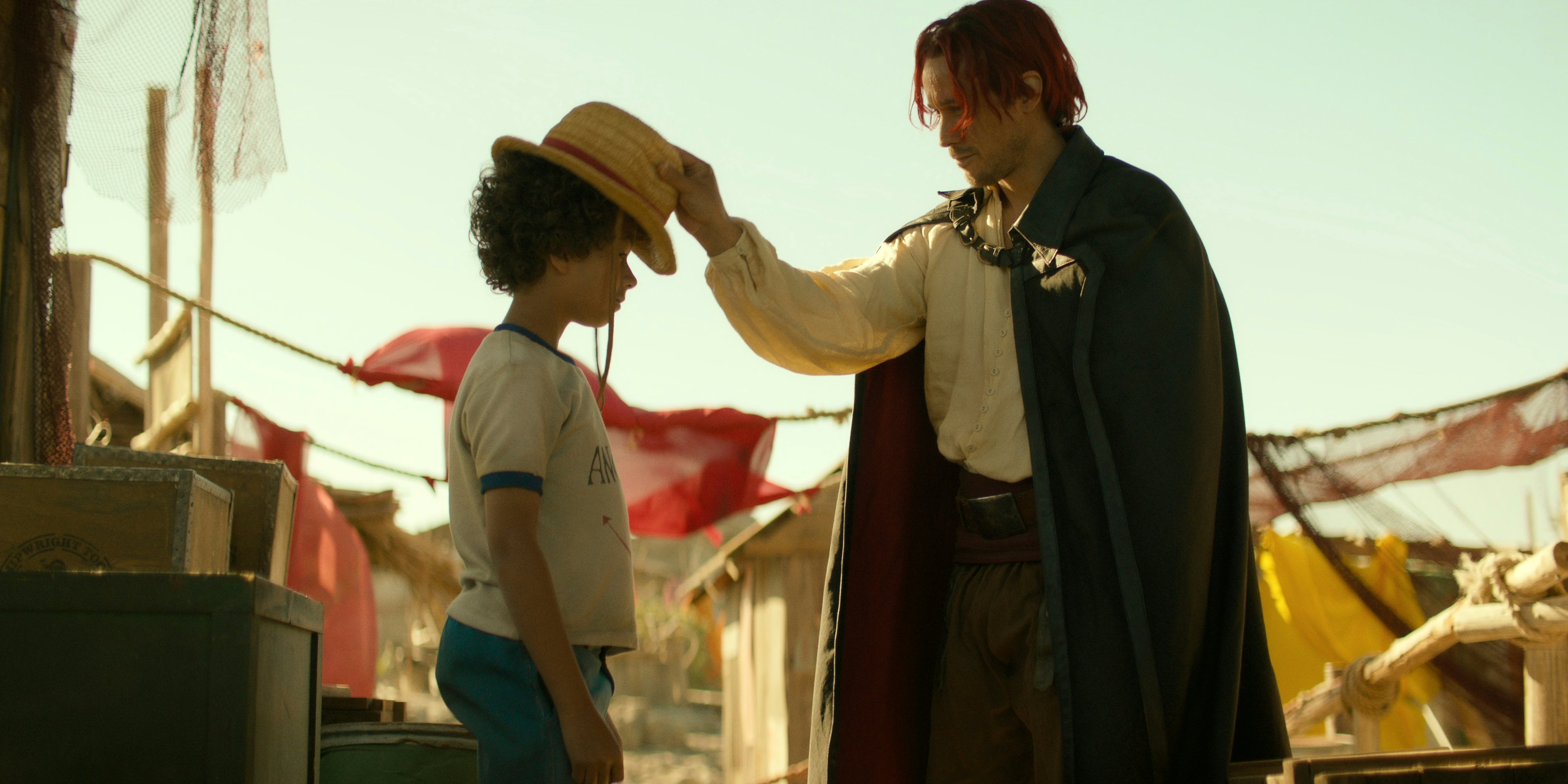
When you look at Luffy as a character, he has some special skills, but his big skill is to inspire and he inspires you to believe in yourself and to follow your dreams. We could do with a bit of hope and a bit of optimism. I hope that spirit of belief and inspiration and optimism will encourage them to want to do more series because in every single adventure they come up against an obstacle, and Luffy brings hope to it and optimism and insanity. And insanity is not a bad thing either.
Lastly, I wanted to ask about Jupiter's Legacy. That show felt very ambitious for a superhero TV show, and was cut short. Can you talk about your experience working on that show?
I loved working on that show. It's a real shame that it wasn't recommissioned into [Season] 2, but I know Mark Miller has got all kinds of thoughts about it. These are difficult shows to pull off, they're not easy to do. You've got so many different elements to try to get right, and they are difficult to get right. Sometimes you learn so much from doing your first series, and you can put it right in the second [season], but we weren't given that chance.
Still, we were trying to do really big ambitious stuff, we had three generations. And you had the same actor playing within three different timelines, which makes for issues of how to age up or down. You also have huge stunt sequences, which meant that you had to have stunt actors in three different timelines as well. You had to have the super suits and they had to fit the three timelines too.

And because of the amount of action, and the wirework involved, those take a lot of rehearsal time, and it's difficult to release your actors to have enough time with the stunt teams to learn the stunts. Not everybody takes to it easily. There are a lot of moving parts that make those kinds of big shows really difficult and complicated to shoot. In the finale when we were in this kind of wild world inside the head of this character, we did some wacky stuff. And it was a huge amount of fun and it was just a shame that it didn't quite take off.
Director's statement: "Marc would like to state that he supports both SAG and WGA in their pursuit of reaching a fair and equitable resolution to the respective strikes. In talking about his work - past and present - he does so with unequivocal support for the highly skilled crews that make up the different unions (SAG and WGA included) and believes all should be valued and recompensed for the contributions they make in bringing these series and films to life."







